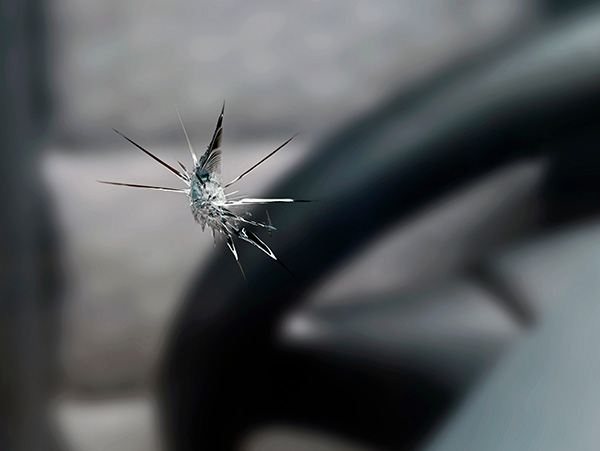
A chipped windshield is a common problem for many drivers. Whether it's from a stray rock on the highway or debris from a storm, chips, and cracks can appear when you least expect them. But what should you do when you notice a chip in your windshield? Can it be repaired, or is a replacement necessary? Understanding the factors that determine the best course of action can save you time and money and ensure your safety on the road.
1. Assessing the Damage
The first step in deciding whether to repair or replace your chipped windshield is to assess the extent of the damage. Small chips and cracks can often be repaired, but larger or more complex damage might require a full replacement. Typically, if the chip is smaller than a quarter and the crack is less than three inches long, repair is possible. However, this depends on the location and severity of the damage.
If the chip or crack obstructs your view while driving, it's a significant safety concern and often means replacement is the better option. Similarly, if the damage is near the edge of the windshield, it can compromise the structural integrity, making replacement necessary.
2. The Repair Process
Repairing a chipped windshield involves injecting a special resin into the damaged area. This resin is then cured and polished, restoring the windshield's clarity and strength. The process is quick, usually taking about 30 minutes, and is relatively inexpensive compared to a full replacement.
The repair's effectiveness depends on the chip's size, depth, and location. Repairs are most successful when the damage is fresh and free from dirt and moisture. Over time, dirt can accumulate in the chip, making it harder to achieve a seamless repair. Additionally, extreme temperatures can cause the crack to expand, further complicating the repair process.
3. When Replacement is Necessary
While repairs are a convenient option for minor damage, there are times when a replacement is unavoidable. If the damage is extensive, such as a large crack or multiple chips, replacing the entire windshield is the safest choice.
Windshields are designed to provide structural support to the vehicle, especially in the event of a rollover. A compromised windshield cannot offer the same level of protection, putting you and your passengers at risk. Additionally, if the damage affects the area in front of a camera or sensor (common in advanced driver-assistance systems), replacement ensures these systems function correctly.
4. The Costs Involved
The cost of repairing a chipped windshield is significantly lower than replacing it. On average, a repair can cost between $50 to $150, depending on the severity and location of the damage. In contrast, replacing a windshield can range from $200 to $600, and possibly more for luxury vehicles or those with special features.
Many insurance policies cover windshield repairs with little to no deductible, making it a cost-effective solution. However, windshield replacement might require you to pay a deductible, depending on your insurance policy. It's important to check with your insurance provider to understand what's covered under your policy.
5. Preventing Further Damage
Once you've addressed the immediate issue, taking steps to prevent further damage is crucial. Avoiding rapid temperature changes can help prevent small chips from turning into large cracks. For instance, don't blast the air conditioning on a hot day directly onto the windshield, and avoid pouring hot water on a frosty windshield.
Using a windshield protector can shield your glass from debris and extreme weather conditions. Regularly inspecting your windshield and addressing any chips or cracks promptly can extend its lifespan and maintain the safety and integrity of your vehicle.
Don't wait until it's too late – get your chipped windshield assessed by the experts at Auto Fitness today!